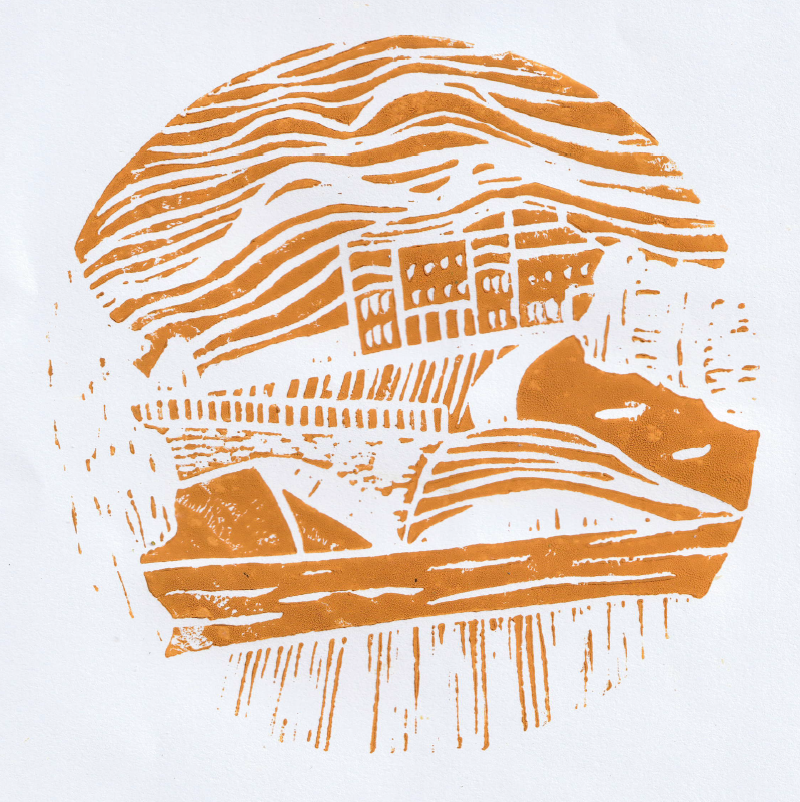Mote House

The Mote Park estate was purchased by the Woodville family from Grafton in Northamptonshire in 1370.
In 1464, Elizabeth Woodville married King Edward IV and so the park became a Royal possession. Angered by the marriage, the 16th Earl of Warwick, Richard Neville, raided the park in 1468.
In 1492, the land was sold to Sir Henry Wyatt of Allington Castle, who bequeathed it to his grandson, Sir Thomas Wyatt, in 1524. After his beheading for treason, the land returned to the crown under Queen Elizabeth I before being sold in 1690 to the Marsham family who later became the Lords Romney.
The Marsham family greatly improved the estate, including redesigning the gardens into an Anglo-Dutch style as shown in an engraving by Johannes Kip in 1750.
 Etching of the original Mote House
Etching of the original Mote House
The Marsham family were also responsible for the demolition of the old mansion house in the park in 1793, which was replaced with a more ‘modern’ Georgian building designed by Daniel Asher Alexander and completed around 1800.
It was also at this time that the River Len was dammed to create the lake and a Great Bridge was constructed over it. The below engraving by JP Neale illustrates how the house and grounds would have looked around 1825.
 The new Mote House and Great Bridge
The new Mote House and Great Bridge
Unfortunately the improvements to the estate stretched the financial resources of the 3rd Baron Romney, Charles Marsham, and the Great Bridge soon fell into disrepair, before being demolished in the 1830’s.
The estate was sold to the 1st Viscount of Bearsted, Marcus Samuel, in 1895, who went on to found the oil company Royal Dutch Shell.
The 2nd Viscount of Bearsted, Walter Samuel, sold the park to Maidstone Borough Council in 1929 for £50,000 (approx. £2.8m today) which also saw Mote House converted into an orphanage for the Caldecott Foundation from 1932 to 1941.
The British Armed Forces commandeered the park in 1941 as a headquarters and training facility for the mainland invasion before being used as offices for the Ministry of Agriculture, Fisheries and Food.
In 1960, the building was leased to the Leonard Cheshire charity to provide homes for disabled people. This was thanks to the fundraising efforts of a local disabled woman, Peggy Cronk, who wanted to save the old building and find a place where she could live.
The first residents, including Peggy, arrived in May 1961. Renovations brought the second floor into use in 1963 and the number of residents increased to 38. Due to increasingly rigorous care regulations over the decades, the building became less acceptable and, in 1990, the charity took the decision to move to a purpose-built facility, moving all residents out by 1995.
Mote House, now a Grade II* listed Georgian mansion, was purchased by Audley Homes in 2005, along with the outbuildings and walled garden. They have since restored the main building and created a retirement village, converting the former stables and other outbuildings into dwellings. Members of the public can still access the main building to dine in The Romney restaurant or bistro.
Credit: ‘Mote Park’s Story’ by Simon Ginnaw and Robin Ambrose, 2018